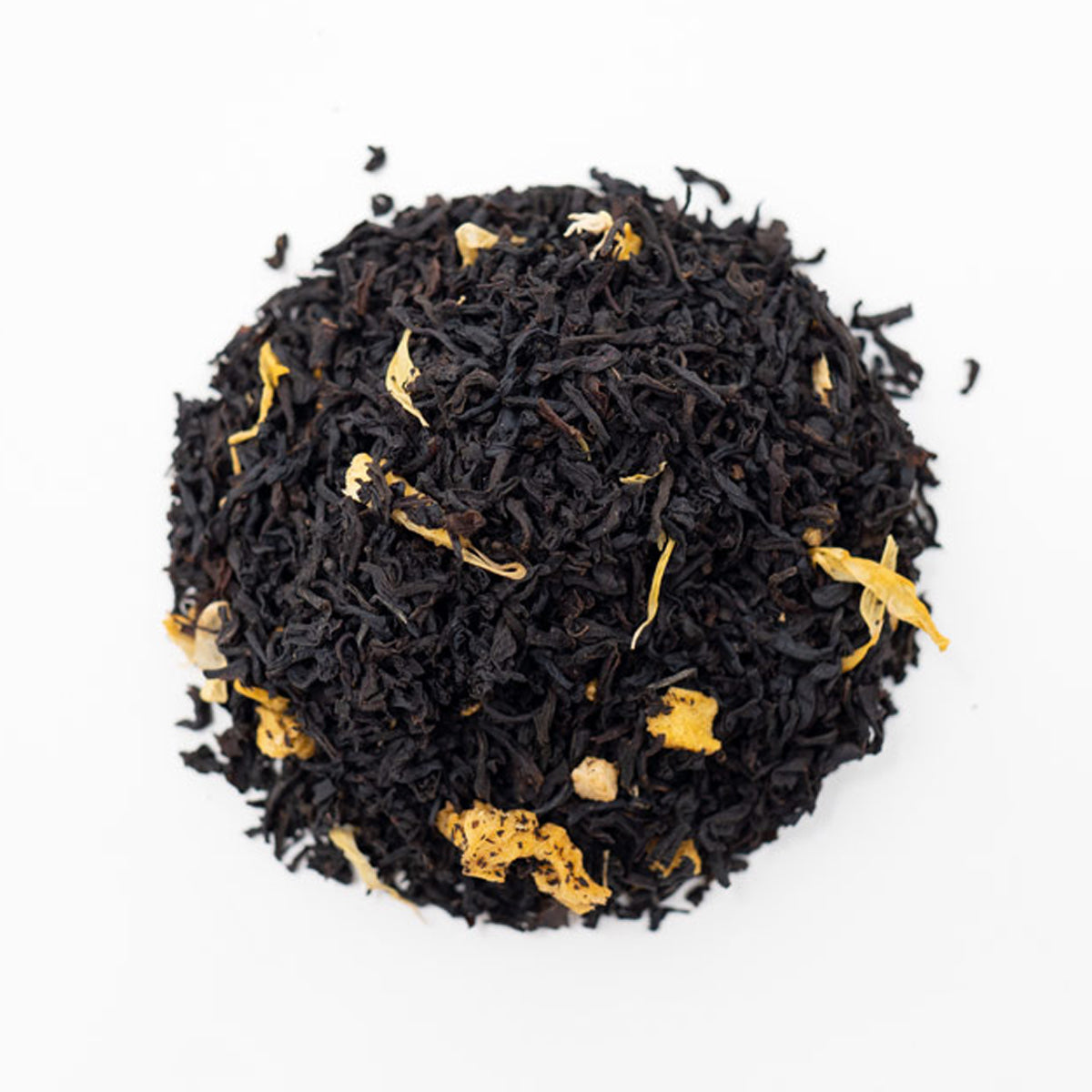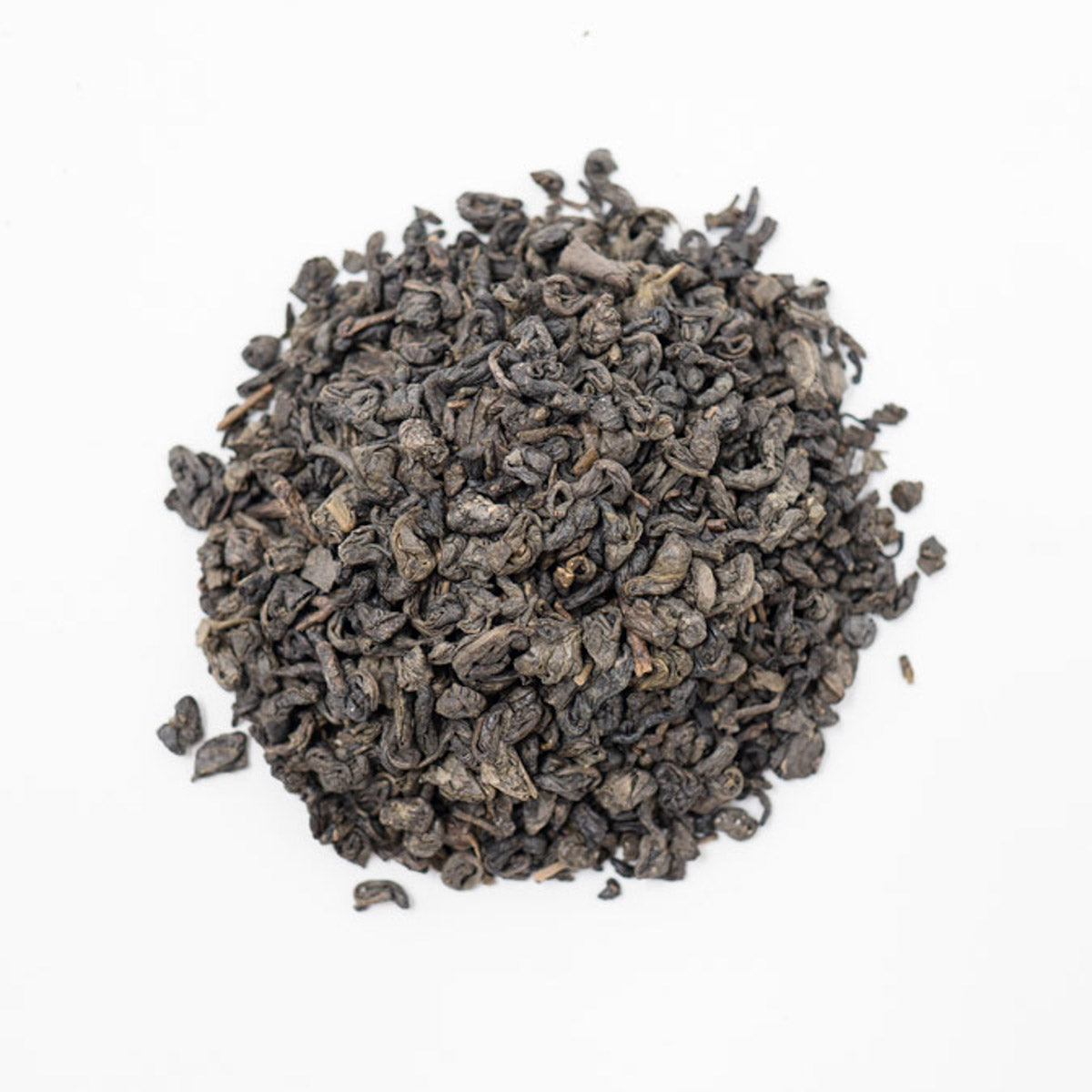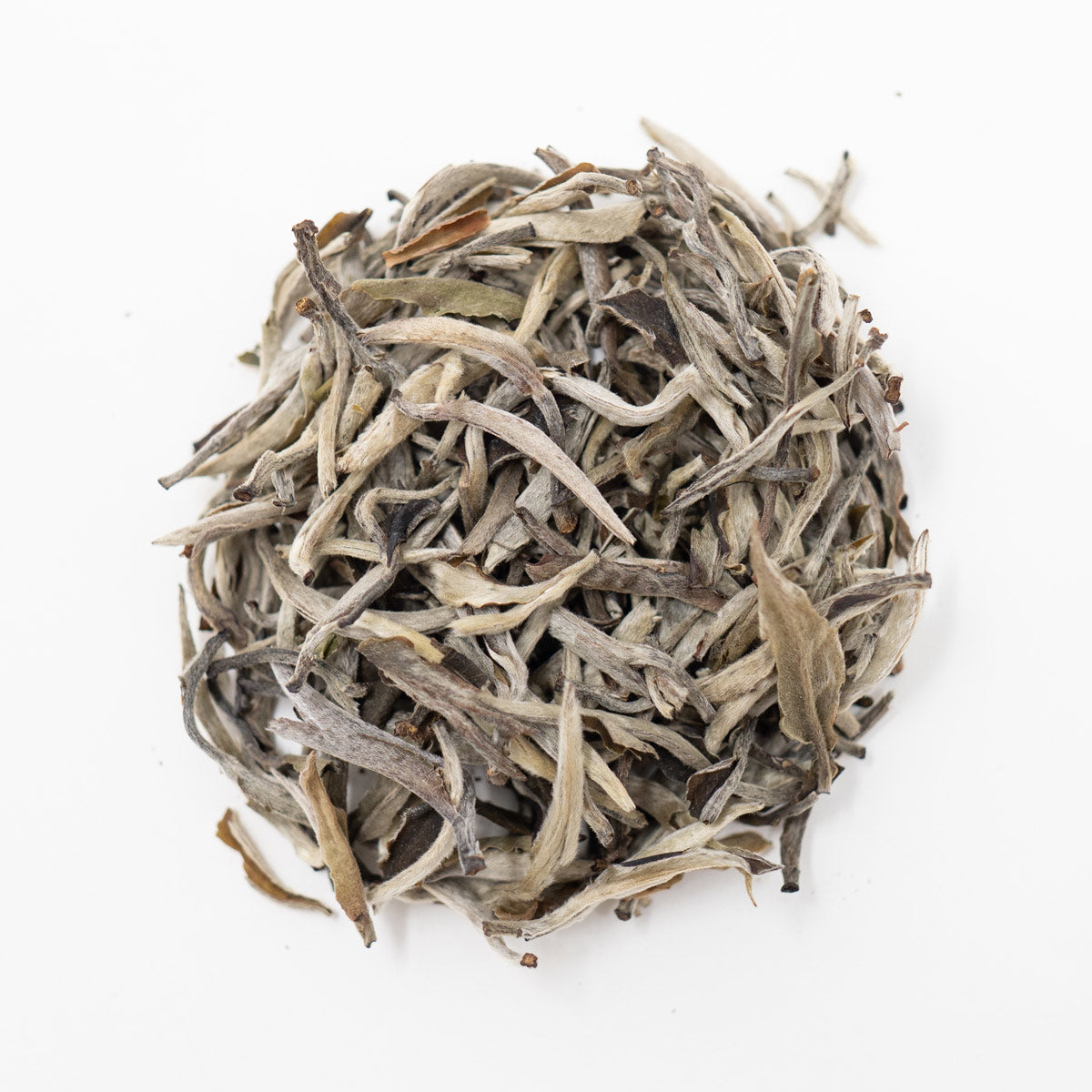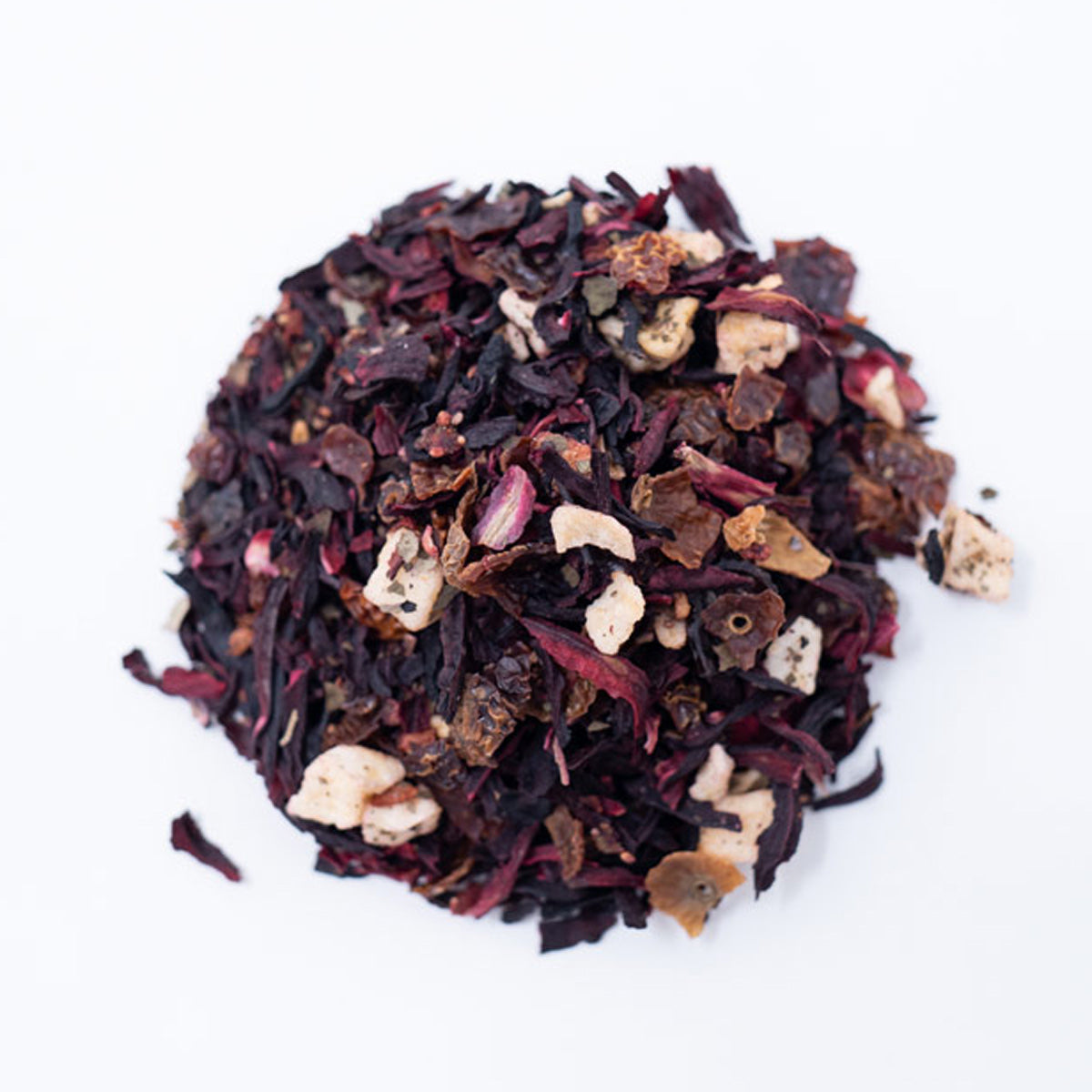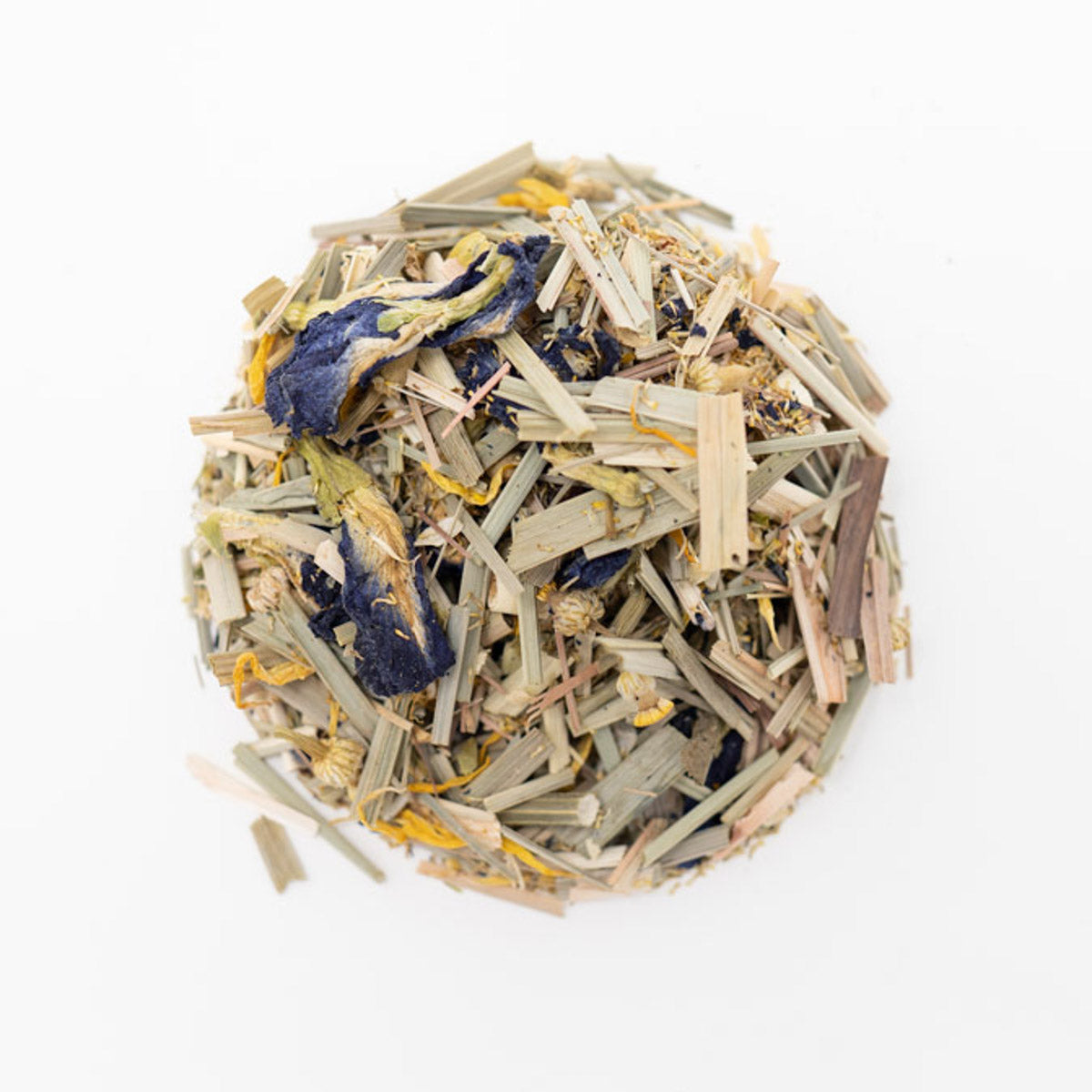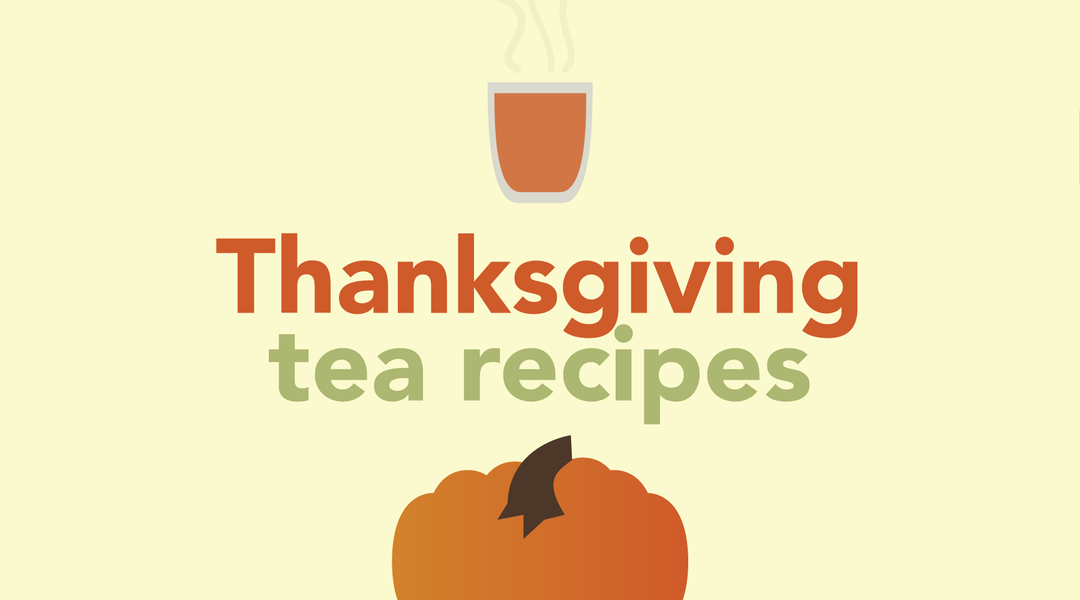Holiday Tea Traditions Around the World
A chill in the air and a hot cup of tea in hand. That is how we imagine a perfect winter setting. It is no surprise that cultures all around the world celebrate holidays and traditions with tea. From formal ceremonies with strict rules and protocol to loosely defined celebrations with friends and family, wintertime traditions are incredibly varied across cultures. China, the origin of the Camellia sinensis, has a long history of using tea in important ceremonies. The Lunar New Year is no different. In England, tea is used in a very different kind of celebration during the winter months.
Over 5,000 years ago, the Chinese discovered that boiling leaves from the Camellia sinensis could make a delicious and refreshing beverage. This discovery led to all of the beautiful varieties of tea we have today. Over the intervening centuries, tea has been a focal point in many different kinds of celebrations. One of the most recognizable events is the Chinese tea ceremony. Chinese New Year (also called Lunar New Year) is one of the most common times of the year for families to participate in the Chinese tea ceremony. Gestures of respect and gratitude are the hallmarks of the tea ceremony.
The ceremony begins with the teapots. Traditional Chinese tea ceremony teapots are made from special clay that is never washed or touched by metal spoons. Years of use coats the teapot in the tea oils and enhances the flavor of every subsequent cup. Since teas produce a variety of oils and flavors, different kinds of teas have different pots. Teapots also typically only hold about 8 ounces of water. Before pouring in the water, loose-leaf tea is put into the clay pot, filling it about a 1/4th full. A larger teapot is used to heat water on the stove, and the water is then poured into the 8-ounce clay teapot. After only a few seconds, small teacups are filled with water from the clay teapot. This water is then poured back over the clay teapot, coating it in warm water and oils from the tea leaves. This process is repeated a few more times with more wait time between filling the clay teapot with warm water and pouring that mixture into the small cups. After this process has been repeated a few times, the server will kneel in front of the one being honored. The honoree is typically an elder or someone of high standing. Serving and receiving the tea is done with both hands, as the teacup is placed on a smallholder made of wood, bamboo, or lacquer. Once the receiver has taken a sip of the tea, favorable phrases are spoken by the server. The receiver then traditionally hands the server a red envelope that contains a gift, usually money.
Before the 1830s, holiday celebrations in England were known for having wine and ale in excess. A countermovement started to try and sober up some of the holiday celebrations by introducing spiced black tea. This unique mixture was called “wassail,” after the spiced German ale. The base for this warm, spicy drink was usually black tea. All kinds of spices and dried fruits could be mixed in to give it incredible flavors, but the most common were ginger, cinnamon, and orange peels. Great Tea Parties were orchestrated with cheap tickets available for everyone to attend, and these events grew to be more popular than the alcohol-related celebrations. Singing groups with fresh, hot wassail would go from neighborhood to neighborhood to share the beverage and spread holiday sheer through songs. Creating a celebration around the drinking and sharing of tea eventually grew into the practice of afternoon tea.
In Russia, the Orthodox Church incorporated tea in their Christmas feast, which occurred in early January. They used Kissel (a wine-like beverage) for toasting and drank hot tea to stay warm. The upper class brewed black tea from China, while the lower classes steeped an array of herbal blends. Jewish families living in Russia or Eastern Europe created a Hanukkah ritual to embrace the holiday spirit and Jewish history. During the “Festival of Lights” celebration, a ceremony took place that involved soaking a sugar cube in brandy on a teaspoon and then lighting it on fire. While the brandy-soaked sugar cube burned, everyone would sing a holiday song. When the song concluded, everyone dropped their sugar cube into a tea glass and consumed the brew.
Although tea may not be as popular as hot chocolate or mulled wine, it has become a staple and comforting drink in countries worldwide. From China to Europe, traditions old and new continue to bring a touch of flavor, community, and festivity to the holiday season. At Hackberry, we love that we can offer teas that allow families and loved ones to gather together to celebrate and create meaningful memories.
Do you have your own unique holiday tea tradition? We would love to hear all about it! Contact us at sales@hackberrytea.com.
